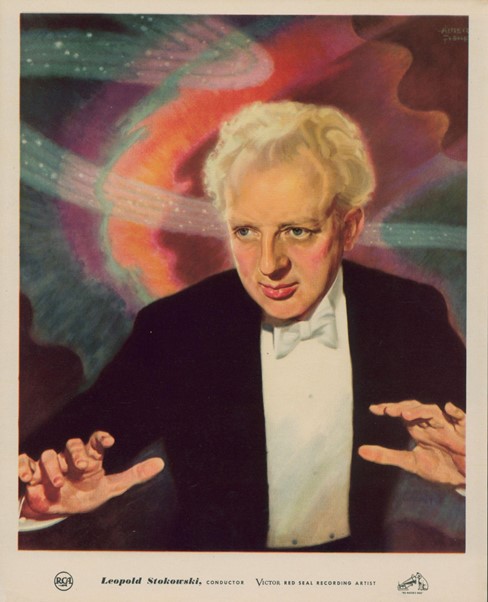Walt Disney’s Fantasia (1940) is a high watermark in American animated film. It achieved a level of excellence rarely equaled since. The technical merits of Fantasia are fascinating and well renowned and were the result of an army of collaborators. One of them, though he is not commonly known today, was Herbert Belar. Born in Austria-Hungary he emigrated to America in 1919 where he worked as a musician while earning a degree in engineering for Drexel. After graduating from Drexel in 1928, he worked in audio and recording engineering at the Radio Corporation of America (RCA). He made several developments in motion picture sound, as well as experimental iterations of high fidelity and synthesized music. In 1940, Belar worked on the implementation of what would now be called "surround sound" for Fantasia.

"Fantasound," as it was called, was employed for the roadshow screenings of the film and used four tracks of sound. “These tracks were heard by the audience [...] from three sound horns behind the picture screen instead of the usual one, plus sixty-five small house-speakers placed strategically throughout the auditorium.”¹
Sound synchronized with film had just come into its own ten years prior and this was a natural continuation of that, albeit significantly ahead of its time. World War II’s effect on the economy ensured Fantasound was too costly to be practical.

However, pre-dating Fantasia, there is a connection between Leopold Stokowski, then conductor of the Philadelphia Orchestra, as featured in Fantasia, and stereophonic recording. A December 1930 memorandum to engineers in the RCA Victor Laboratory (Acc.2767, Box 2 Folder 7) focuses on the demonstration of a “binaural” system, which Stokowski had evidently been shown and was impressed by. The idea of a more advanced version of this system of recording and playback would surely have piqued his interest when he was later asked to appear in Disney’s opus. When it was employed for the initial release of Fantasia, Fantasound came off wonderfully.
“The church bells whose pure sound reached the devil at the top of Bald Mountain sounded at the rear of the theater so realistically that the child turned around in his seat. All he saw was the rest of the audience turning around to stare at the theater’s rear wall. And then, this seven-year-old’s ears were dazzled as the sound of the Ave Maria chorus started at the rear of the theater and slowly and powerfully advanced to the screen speakers to join the solo voice.”²
The ingenuity of people such as Herbert Belar provided tools that served artists like Walt Disney and Leopold Stokowski in producing a work of timeless cultural impact.
Citations
- Culhane, John. Walt Disney’s Fantasia. Abrams, 1983. Pg. 20
- Culhane. Pgs. 204-5
Alex Lattanzi is the Collections Assistant at Hagley Museum and Library
